Este artículo está también disponible en español
Too often, we face the challenge of explaining font licences to students, customers, colleagues, or friends; it proves difficult every time. Back in 2023, we asked ourselves what could we do to improve our understanding of the topic and explain it better? We began collecting information from foundries, tons of data that is not only valuable for us but also for other type users, font makers, and educators. This article is a short introduction to the project and the information available in our website. We also post updates, from time to time, on social media.
So far, our database is focused on independent designers and foundries. It includes details like the font price, the types of licences available, or the measuring metrics for font use. Ideally, we include 5 foundries per country—up to 10 in countries with a larger type industry. The total sample consists of 171 entries from 44 different countries, and it is distributed as follows.
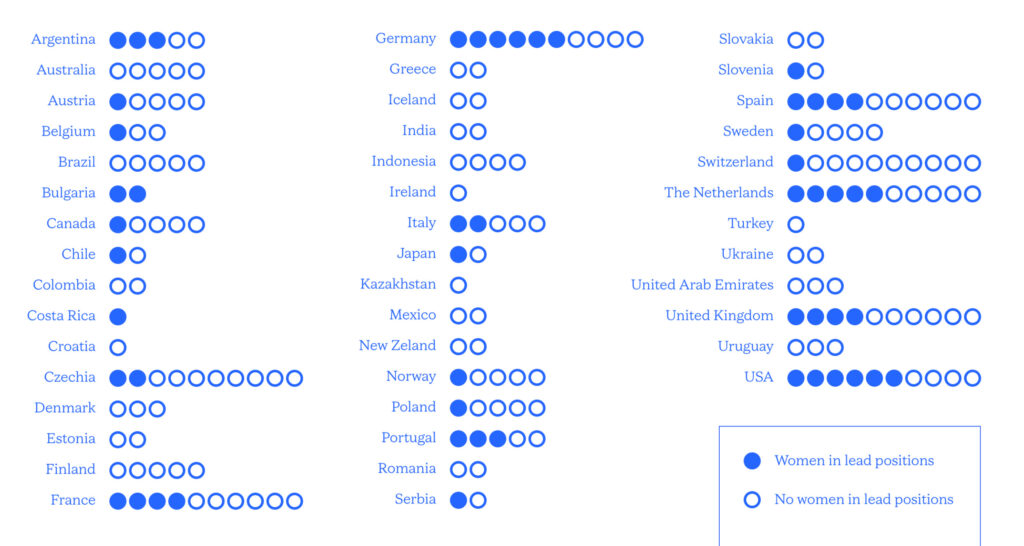
To define the sample and enhance diversity, we have created additional resources to portray the type industry from an independent perspective. We have specifically looked for foundries established or managed by women and tried to find references in areas often overlooked.
We have identified and classified 12 types of commercial font licences, determined by how the fonts can be used. These are the licences in the sample, sorted by the number of foundries/designers that offer them for online sale:

In many cases, font shops offer packages that cover multiple types of use. There is, for example, a Screen Licence that includes ePubs, apps and broadcasting productions. The option “all-in-one” is also relatively frequent and comes with many of the uses listed above in a single license. We have included some particular licences/uses within other the categories. For instance, video games are under the app licence, as they are often offered together or in similar terms and price.
The most common font licences are Desktop, Web, and App. Other uses are sometimes included in these basic three but some foundries and designers segregate the licence to more specific uses like Social Media, Logotype, or Digital Ads.
Measuring units in font licences
What makes this topic especially complex is the variety of criteria for defining font usage. Licences are offered at different prices based on particular metrics. We have identified 24 values for measuring font use. These values mark the extent and cost of the font licence, outlining limits of use and price scales.
Some agreements measure the licence and price by how many work with the fonts; for instance, the number of users, workstations, and employees. Other units, instead, focus on how many see or interact with the fonts in use, for example, pageviews, web visitors, app downloads, or impressions for a digital ad. A third type of measurement is based on specific use cases, the most clear example is the number of apps or titles in ePubs.
Desktop is the license with the most consensus on measuring font use. There are only 3 different units, and all of them are related to potential users of the font.

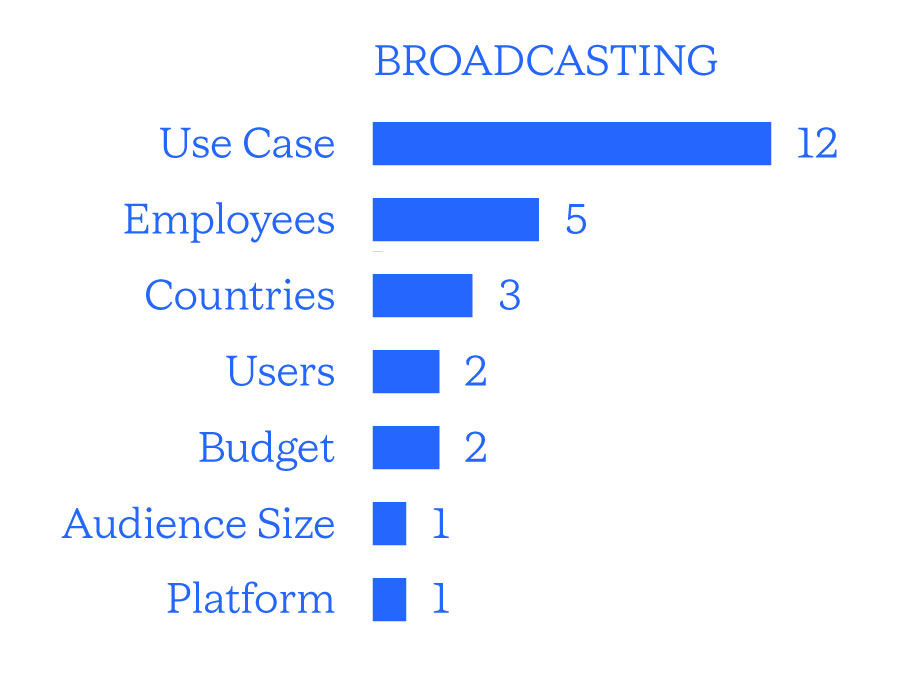
Broadcasting licences, on the other hand, offer a wider variety of options for measuring font use. Besides common measurement units (use case, employees, users), these licences can also consider factors like geographic scope, budget, audience, or output platform for audiovisual productions.
For the licenses connected to online use and digital environments (web, digital ads, social media, app), we observe many metrics related to audience interaction with the final product or service. This includes impressions of a digital ad, the number of visits to a website, downloads of an application, or followers in social media channels.
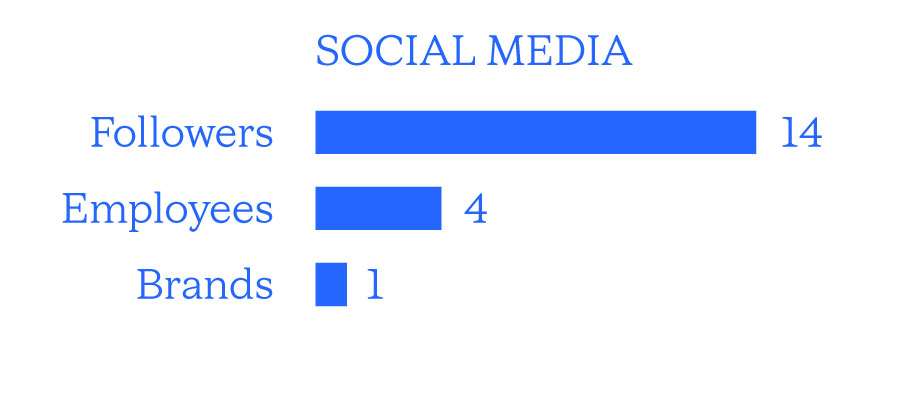
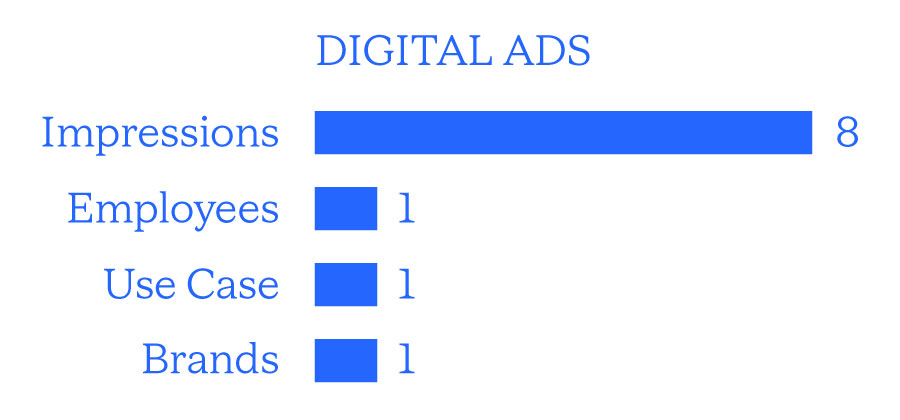
There are foundries that charge an annual or monthly fee for using their fonts, and some others offer different prices based on the number of years. Out of the 171 entries in the sample, only 18 include temporary licences in their shops. The graphic below illustrates the exceptional cases that sell non-perpetual licences for different uses.
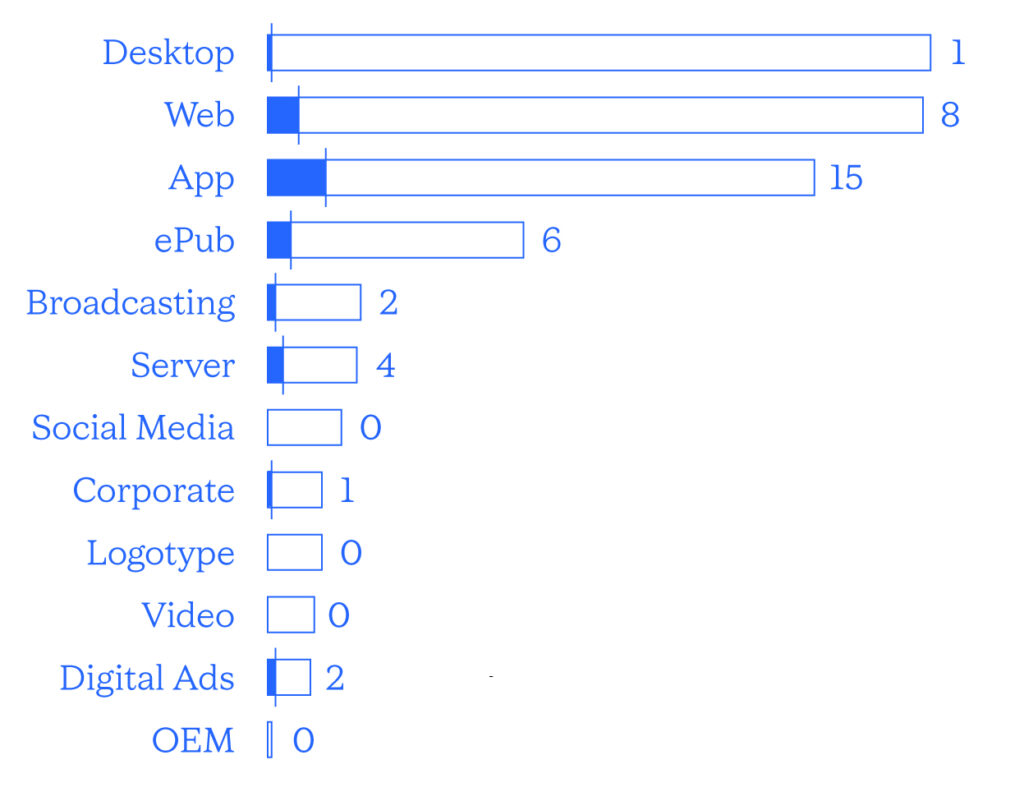
All these measuring units allow for customised licences adapted to different scopes of use, defining the limits, rights and duties for the font users. We have compiled not only the types of metrics but also the different tiers offered by each foundry, highlighting the most common limits. The graphic below shows the 10 most popular limits in Desktop licences, measuring use by workstations. On the right, there are the number of foundries–out of 56—offering each particular tier.
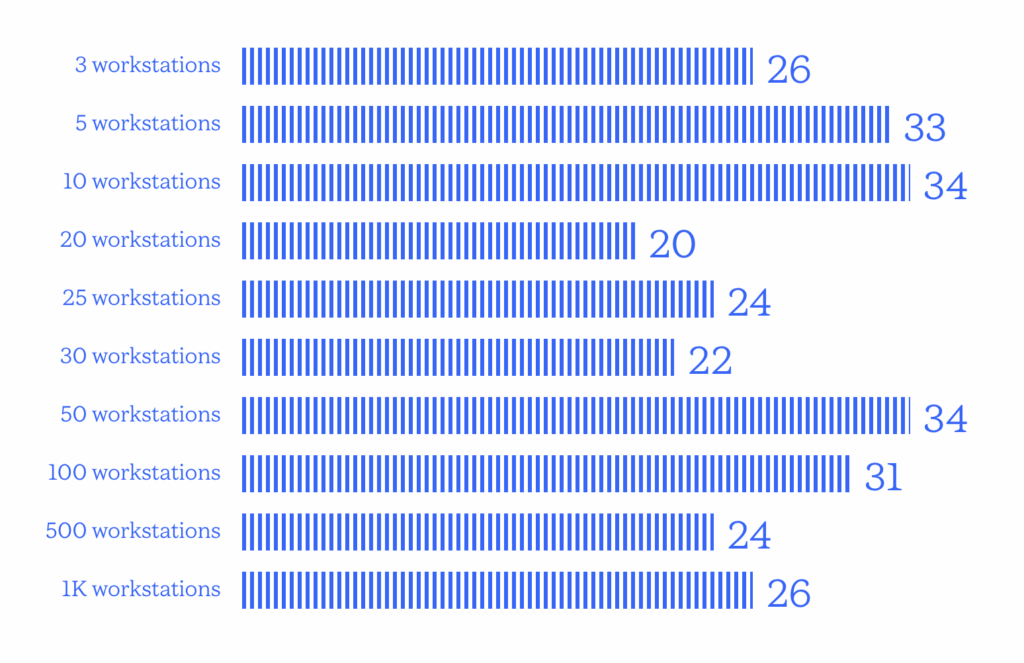
Pricing in font licensing
Although this research is not focused on economics, we found it relevant to include a price reference. We have collected the cost of one text font for each foundry in their basic commercial license.
The price of font licences varies significantly from one foundry to another. Factors like the cost of living, national economics, or the average salary impact the cost of font creation. Although the font market is international and potential buyers come from different nationalities, the base country of the foundry influences the sale value. Some foundries adapt the price to the base country of the customer but those are exceptional cases at the moment. Most foundries offer the same price worldwide.
The results below indicate the highest and lowest prices for each type of license and the average price from all the collected data. Combos (font families or licence packages) and non-perpetual licences are excluded from the following figure.

The font cost depends on the type of licence. While the most common licences (Desktop, Web, App, ePub) generally have similar prices, less common licences can show significant differences. Most foundries charge identical prices for basic desktop and web licences, with only a few setting a higher price for web use. The cost for app and ePub licences is often higher than for web and desktop, sometimes doubling or even multiplying the cost by ten.
Interestingly, Social Media and Digital Ads present similar prices, despite the data coming from different providers. The cost of a licence for Logotype use ranges from 45€ to 425€. The maximum price, 5,245€, is clearly an exceptional case in the sample.
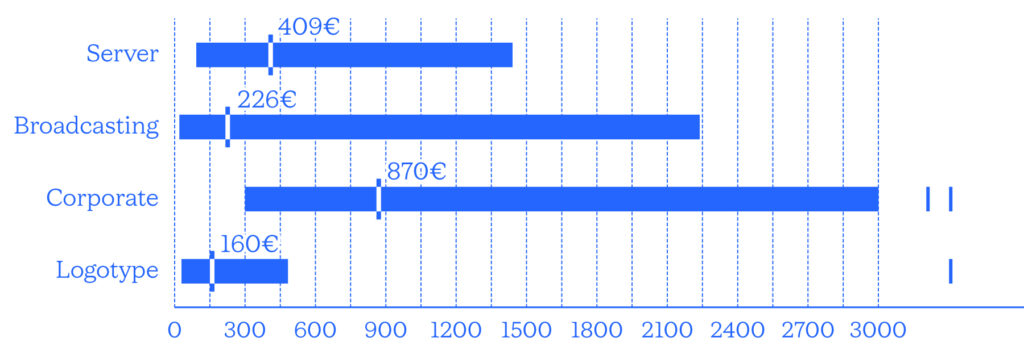
The Corporate licence presents the highest prices, which is logical because it includes various licenses in one, typically allowing for use across any media and format. Five foundries offer unlimited use under this licence, and the average cost for a single font on this top-tier licence is 5.245€.
Foundries and designers, from a wide range of levels and locations, decide on their strategies for licensing fonts. Many change their licenses over time and try new formulas adapted to different times and circumstances. Each one defines its terms, considering what is more beneficial for the business while protecting the author’s rights and making the font acquisition process accessible for customers. What is evident to us is that type makers do not always pay enough attention to the font licences. During our research, we encountered quite a few obstacles, including EULAs that were hard to find, fragmented licences that require special attention, or unclear purchasing processes that leave buyers uncertain about their rights.
While this project primarily shares analytical information, our goals go beyond just data. We are interested in stimulating debate, making information more accessible, revealing contradictions within the current system, and, if possible, helping imagine new licensing models that better address the actual needs of typeface creators and font users.
